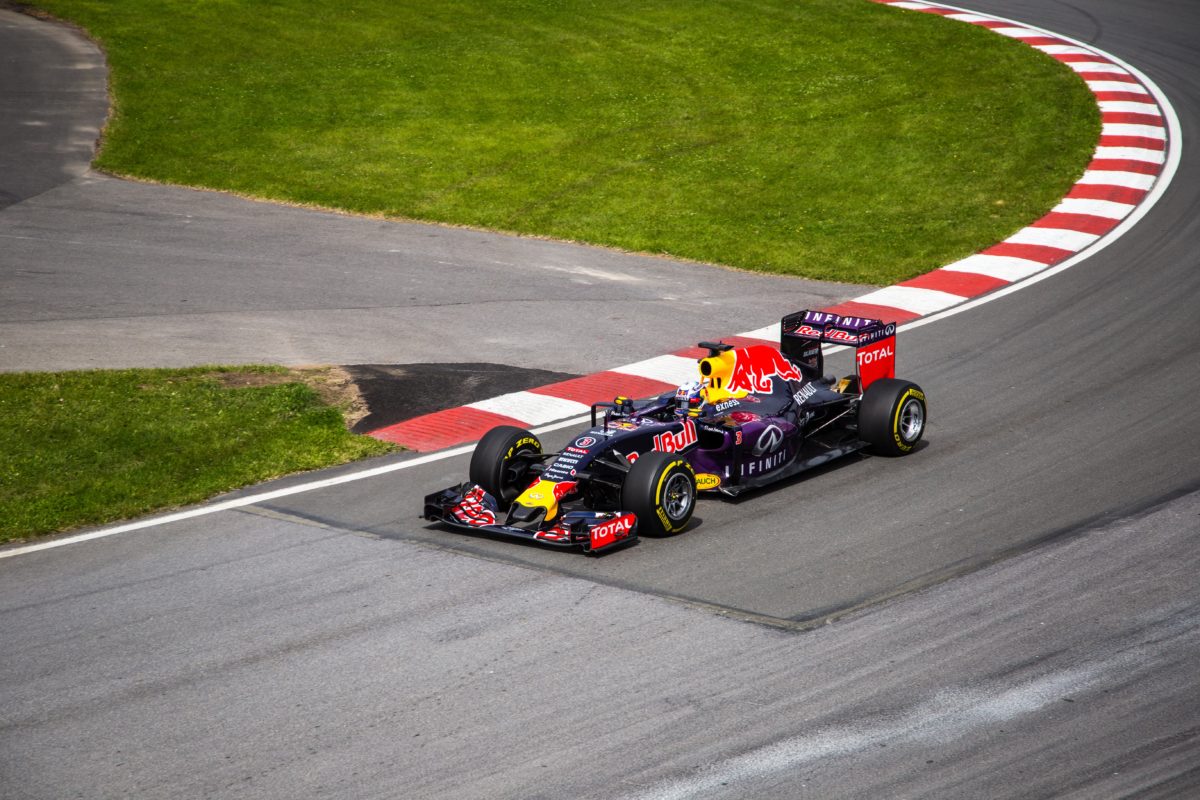Social networks have become completely part of our lives now. 39% of the human population are social network users (LSE, 2017). But how did we get so addicted?
One of the main features and the one we will talk about in this post is the like count that those social networks provide. Indeed, this like count allow the users to feel validated and a high amount of those likes will make us feel good about ourselves. This has driven the success of the social networks, which incite people to turn on their smartphone, log into the social network app and verify how many likes we have on our latest post. It gets us addicted (Keep It Usable, n.d.).
So why would Facebook and (Instagram) now decide to remove this like count from their social network?
Yes, the giant of social network is planning on removing this like count to all its users and has already started testing it in several countries (Constine, 2019).
The main reason for this is that users would compare themselves to other people and feel rejected and unapproved if their post did not get as many likes as expected or as someone else. This has led to a rise in the depression rate and loneliness amongst teenagers and young adults (Wong, 2019).
However, as mentioned earlier, likes, and the feeling of being approved is one of the reasons why people keep returning on social media and keep posting. Removing the like count might therefore strongly impact the attractiveness of such social media and thus decrease its popularity. Facebook CEO Mark Zuckerberg did mention that the company would now focus on improving the well-being of its users instead of the time users spend on the app (Schwantes, 2019).
We might now start wondering whether this is all part of a social-washing campaign, an actual ethical transformation or a simple suicide mission?
LSE. (2017). Social Media Platforms and Demographics. London School of Economics and Political Science. Accessed at:
Keep It Usable. (n.d.). Psychology of Social Networks: What makes us addicted?. Keep It Usable. Accessed at: https://www.keepitusable.com/blog/psychology-of-social-networks-what-makes-us-addicted/
Constine, J. (2019). Now Facebook says it may remove Like counts. TechBrunch. Accessed at: https://techcrunch.com/2019/09/02/facebook-hidden-likes/
Schwantes, M. (2019). Mark Zuckerberg Says He Changed Facebook This Year to Improve Your Happiness. Here’s What You Should Do Now. Inc. Accessed at: https://www.inc.com/marcel-schwantes/is-facebook-good-or-bad-for-your-happiness-science-found-answer-it-all-depends-on-how-you-use-it-heres-what-not-to-do.html


